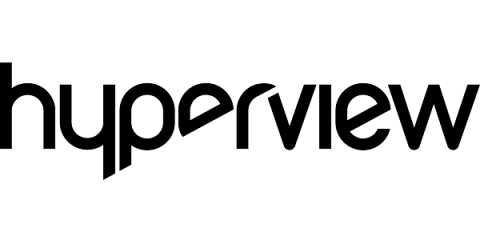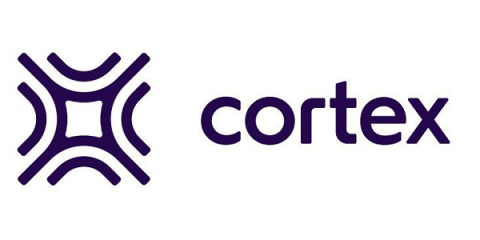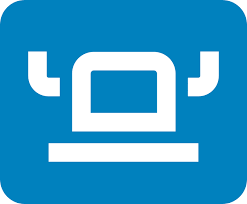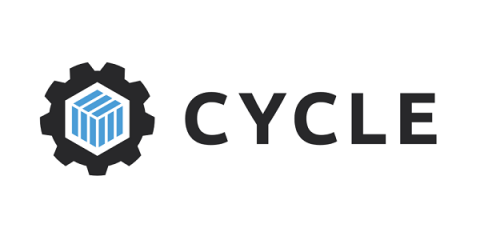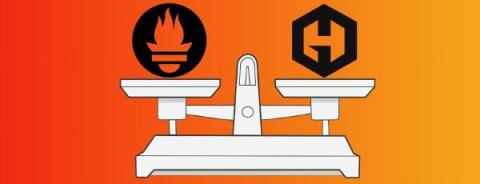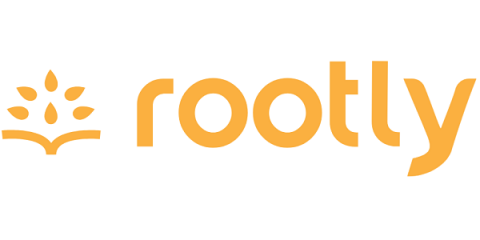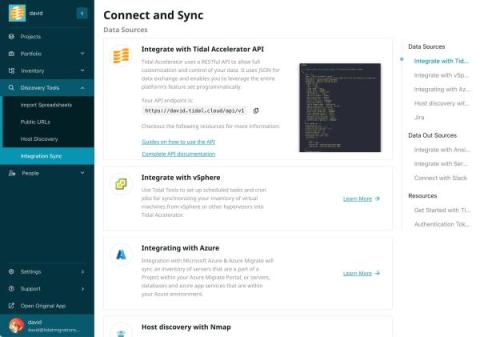The Role and Responsibilities of a Data Center Technician
A data center technician holds the responsibility of installing, maintaining, and monitoring the equipment and systems within a data center. They ensure the proper functioning and updated status of both hardware and software, playing a vital role in safeguarding data security and availability.


